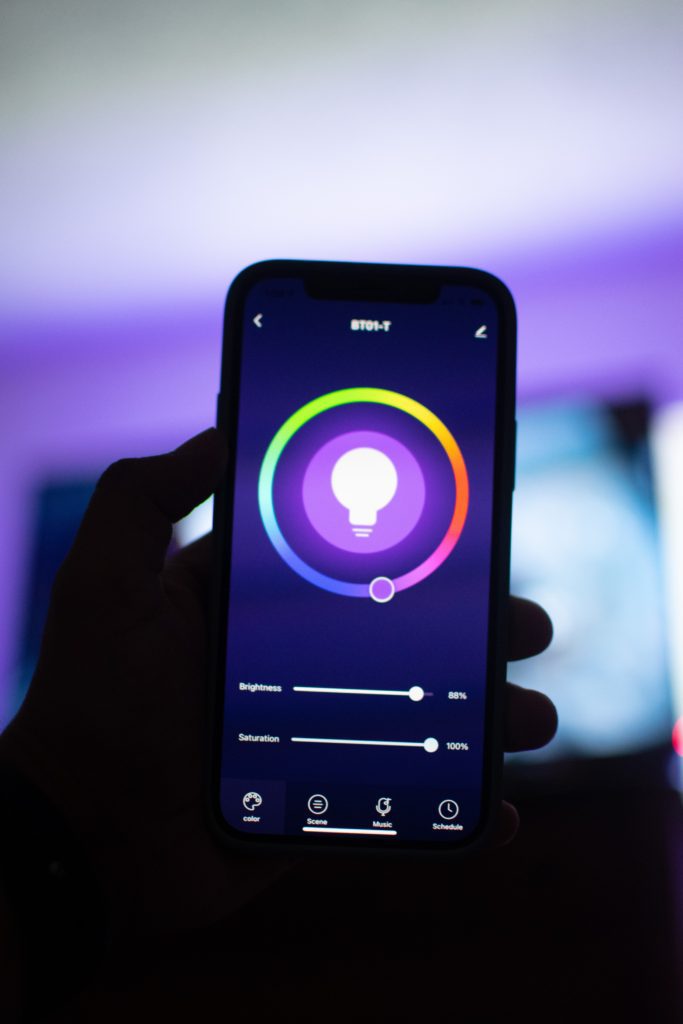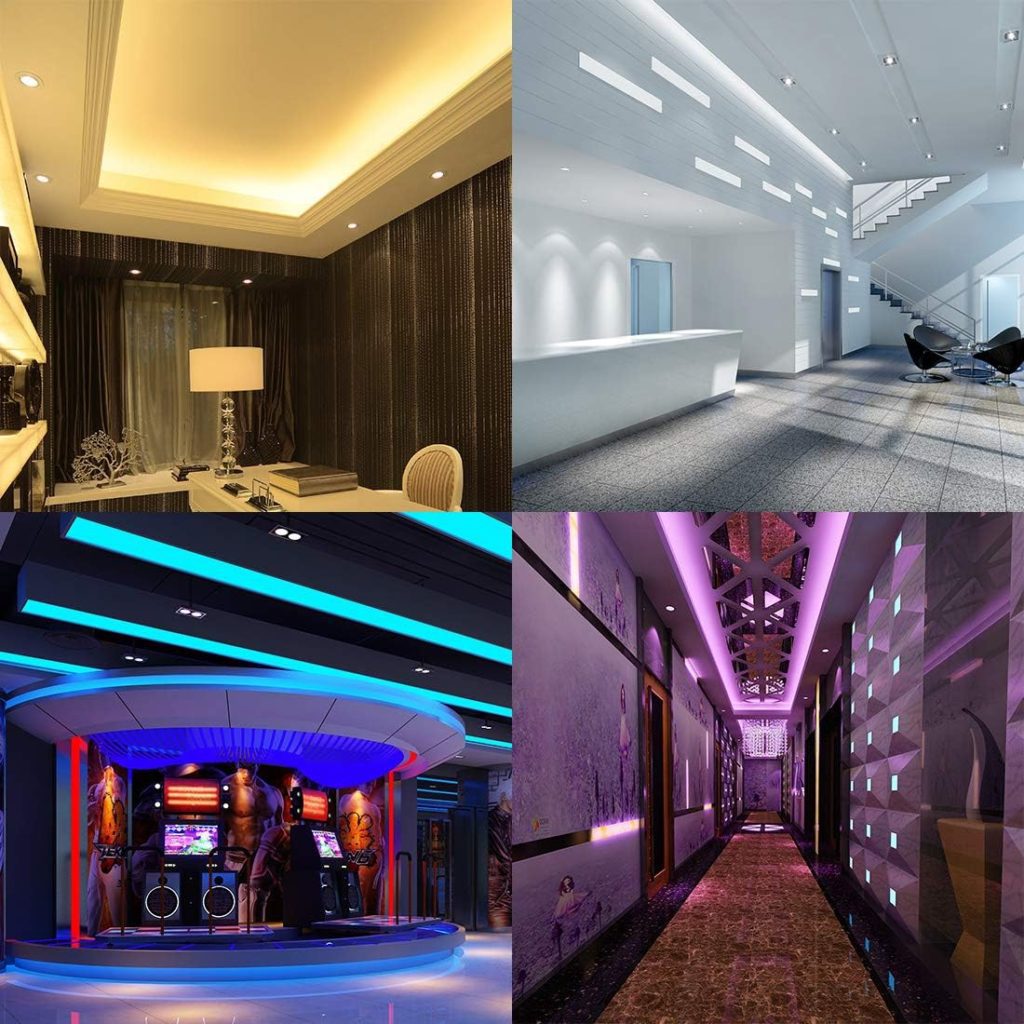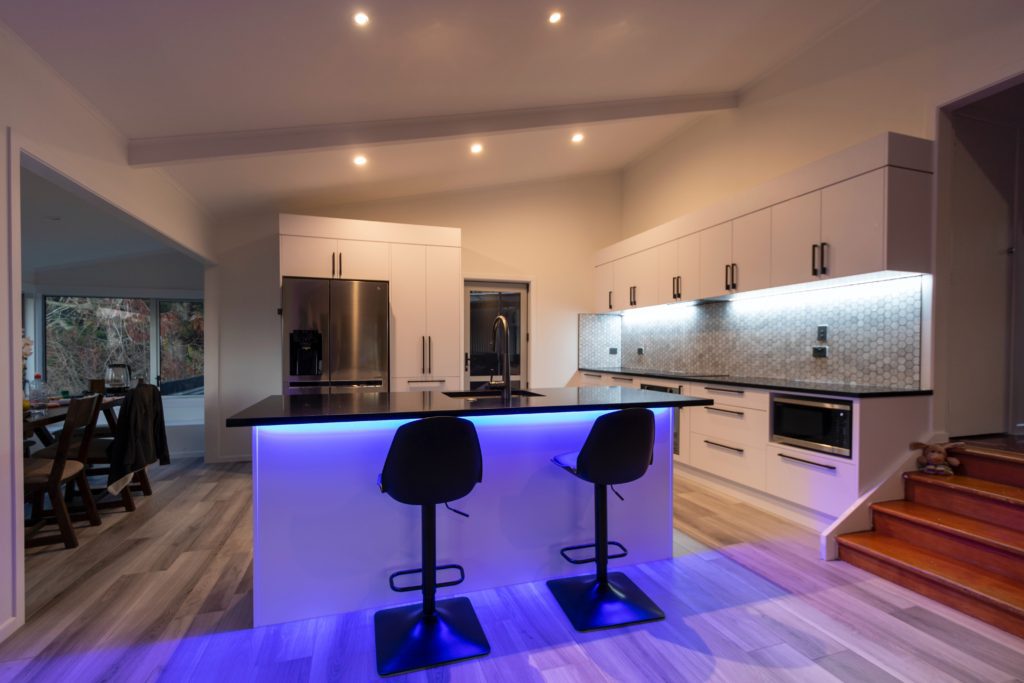We want you to know that this site is supported by our users. Some of the links you’ll find on our site are affiliate links, and if you make a purchase through those links, we may earn a commission at no extra cost to you. Thank you for your support – it’s what keeps us going!
RGBWW lighting technology has gained popularity in recent years for its versatility and wide range of lighting options. But what is RGBWW? In this article, we will answer that question. We will delve into what RGBWW stands for, how it works, its applications, and the advantages it offers over other lighting systems.
Table of Contents
- What is RGBWW?
- How Does RGBWW Work?
- Applications of RGBWW Lighting
- Advantages of RGBWW Lighting
- What is RGBWW? FAQs (Frequently Asked Questions)
- Conclusion
What is RGBWW?
RGBWW stands for Red, Green, Blue, Warm White. It is a lighting system that combines these four primary colors to produce a vast array of hues and shades. Unlike traditional RGB lighting, which uses cool white LEDs, RGBWW integrates warm white LEDs into the mix. This addition allows for better control over color temperature, creating a more natural and pleasing illumination.
How Does RGBWW Work?
RGBWW lighting systems consist of LEDs in four primary colors: red, green, blue, and warm white. These LEDs are typically housed in a single lighting fixture or strip. By independently adjusting the intensity of each color, the desired lighting effect can be achieved.
Red, green, and blue LEDs are responsible for creating a wide spectrum of colors, while the warm white LED produces a warm and cozy illumination. By varying the intensity of these LEDs, RGBWW lighting can create an extensive palette of colors, including vibrant hues, pastel shades, and even warm or cool white light.

Applications of RGBWW Lighting
Home Lighting
RGBWW lighting is increasingly being used in residential settings, especially in smart homes, for its ability to create different moods and atmospheres. By integrating RGBWW lighting into a smart home system, homeowners can control and automate their lighting to suit various needs and preferences.
1. Mood Lighting
RGBWW lighting enables homeowners to set the perfect ambiance for any occasion. Whether it’s a romantic dinner, a movie night, or a relaxed evening, RGBWW lighting can create the desired mood by adjusting the color and intensity of the lights.
2. Wake-Up and Bedtime Lighting
RGBWW lighting can simulate natural daylight by gradually increasing the intensity and shifting the color temperature to help wake you up gently in the morning. Similarly, it can create a calming and soothing environment at bedtime by dimming the lights and transitioning to warm white or even amber tones.
3. Personalization and Scene Presets
With RGBWW lighting in a smart home setup, users can personalize their lighting preferences and create scene presets. For example, they can save a “Reading” scene that sets the lights to a warm white color and adjusts brightness for comfortable reading.
Smart Home Integration
RGBWW lighting can be seamlessly integrated into smart home ecosystems, allowing users to control and automate their lighting alongside other connected devices. Through voice commands or mobile apps, users can adjust colors, brightness, and schedules.
1. Voice Control
RGBWW lighting can be integrated with voice assistants like Amazon Alexa or Google Assistant. Users can simply give voice commands to control their lights, change colors, or adjust brightness without needing to manually interact with switches or apps.
2. Automation and Schedules
RGBWW lighting in smart homes can be programmed to follow schedules or automation rules. For example, lights can automatically turn on or adjust color temperature based on the time of day or specific events, enhancing convenience and energy efficiency.
3. Integration with Other Smart Devices
RGBWW lighting can be synchronized with other smart devices like smart thermostats, security systems, or entertainment systems. This integration allows for enhanced home automation experiences, such as automatically adjusting lighting based on occupancy, security status, or media playback.
Energy Efficiency and Cost Savings
RGBWW lighting in smart homes offers energy-efficient solutions that can result in cost savings over time. LED-based RGBWW lighting consumes less energy compared to traditional lighting technologies, and when combined with smart controls and automation, it allows for better energy management and reduced electricity bills.
1. Motion Detection
RGBWW lighting systems can be equipped with motion sensors to detect occupancy in rooms. When no movement is detected, the lights can automatically turn off, ensuring energy is not wasted on unoccupied areas.
2. Remote Access and Monitoring
RGBWW lighting integrated with smart home systems enables remote access and monitoring of lighting status. Users can check if lights are left on and turn them off remotely, even when they are away from home, promoting energy conservation.
3. Dimming and Brightness Control
RGBWW lighting systems in smart homes offer precise dimming capabilities, allowing users to adjust the brightness according to their needs. Dimming lights to lower levels can reduce energy consumption and extend the lifespan of LEDs.
Including RGBWW lighting in a smart home setup adds a layer of convenience, personalization, and energy efficiency, transforming the way homeowners interact with and control their lighting environments. By integrating RGBWW lighting into a smart home ecosystem, users can create personalized lighting experiences that enhance their daily lives and provide greater flexibility and control over their lighting.
Advantages of RGBWW Lighting
1. Enhanced Color Rendering
RGBWW lighting offers superior color rendering capabilities, allowing for more accurate and vibrant color reproduction. This is particularly beneficial in settings where color accuracy is crucial, such as art galleries or retail displays.
2. Adjustable Color Temperature
The inclusion of warm white LEDs in RGBWW lighting systems enables precise control over color temperature. This versatility allows for a seamless transition from warm, cozy lighting to cool, crisp illumination, catering to different preferences and needs.
3. Flexibility and Customization
With RGBWW lighting, users have the freedom to customize their lighting environment according to their preferences. The ability to create a wide range of colors and adjust color temperature provides endless possibilities for creating unique and personalized lighting experiences.
4. Affordability and Availability
There are many options on the market, making RGBWW lights very affordable. You can browse Amazon’s selection of RGBWW lights to see just how many options there are.
What is RGBWW? FAQs (Frequently Asked Questions)
Q1: Can I control RGBWW lighting with a remote or a mobile app?
A: Yes, most RGBWW lighting systems come with remote controls or are compatible with mobile apps, allowing users to adjust colors, brightness, and other settings conveniently.
Q2: Can RGBWW lighting be used outdoors?
A: Yes, there are RGBWW lighting options specifically designed for outdoor use. However, it is essential to choose fixtures or strips that are rated for outdoor applications to ensure durability and weather resistance
Q3: Are RGBWW lighting systems energy-efficient?
A: LED-based RGBWW lighting systems are generally energy-efficient compared to traditional lighting technologies. LEDs consume less power while providing ample illumination, making them a sustainable lighting choice.
Q4: Can RGBWW lighting be synchronized with music or other external sources?
A: Yes, many RGBWW lighting systems offer synchronization features that allow them to react to music, sound, or other external sources. This feature enhances the visual experience and creates immersive lighting effects.
Q5: Can I install RGBWW lighting myself?
A: RGBWW lighting systems are designed to be user-friendly and often come with installation instructions. However, if you are unfamiliar with electrical installations, it is recommended to seek professional assistance to ensure proper installation and safety.

Conclusion
RGBWW lighting systems offer a versatile and dynamic lighting solution that brings a new level of creativity and customization to various settings. By combining red, green, blue, and warm white LEDs, RGBWW lighting allows users to create a wide range of colors and adjust color temperature according to their needs and preferences.
From residential applications to commercial and entertainment settings, RGBWW lighting has gained popularity for its ability to enhance atmospheres, highlight architectural features, and create stunning lighting effects. Embracing RGBWW lighting opens up a world of possibilities, transforming the way we perceive and interact with light.



